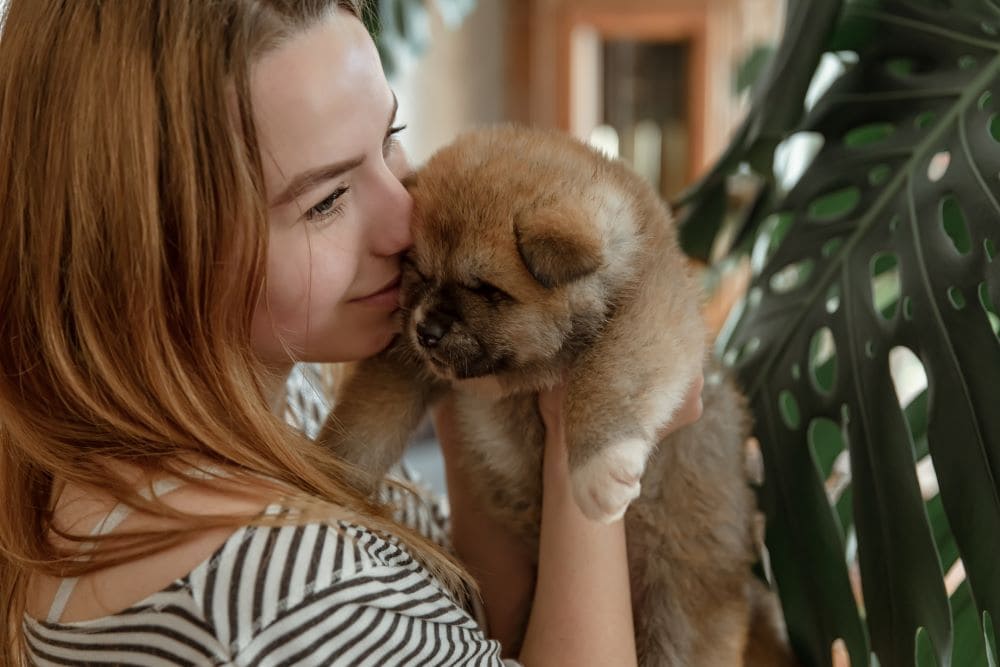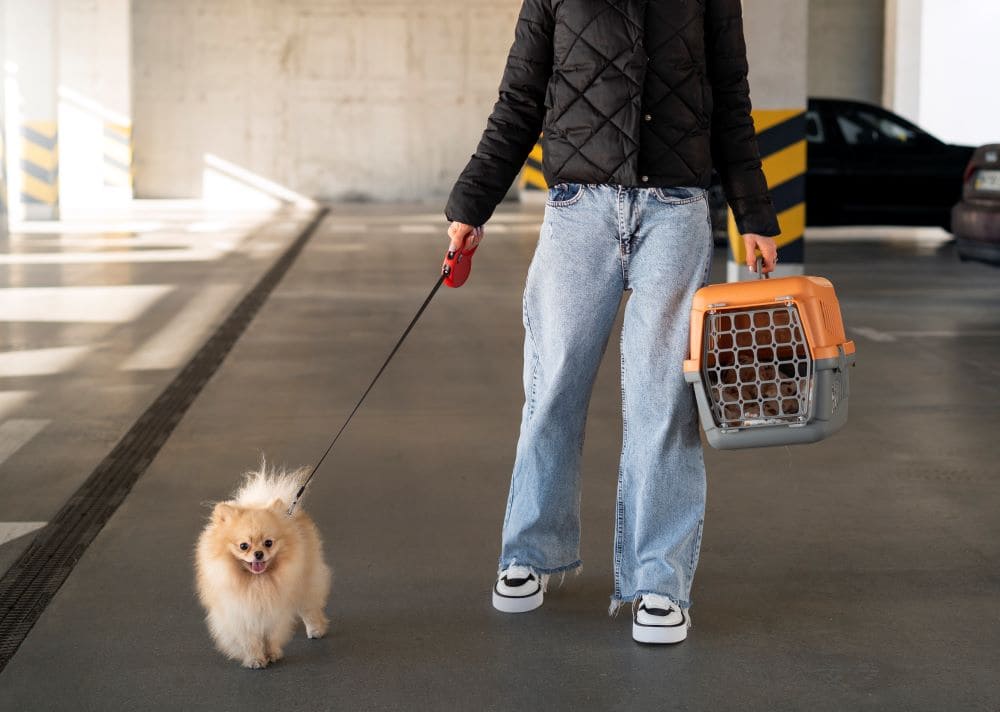
Adopting a pet is an exciting and rewarding experience, but it also requires thoughtful preparation to ensure the pet fits well into your lifestyle and that you’re ready for the commitment. Here’s a guide to help you through the process:
1. Decide What Kind of Pet is Right for You
- Assess Your Lifestyle: Consider how much time, energy, and space you have. Dogs often need more attention and exercise, while cats can be more independent. Small animals like hamsters or birds may need less attention but still require a clean and safe environment.
- Consider Your Living Situation: Some pets do better in larger spaces, while others are ideal for apartments.
- Think Long-Term: Pets have different life spans and needs. Make sure you’re prepared for the pet’s entire life, which could be up to 20 years or more for some animals.
2. Research Breeds and Personalities
- Understand Breed Traits: Especially if adopting a dog, research specific breed traits, as some breeds have high energy levels, certain health issues, or personality traits that might impact compatibility.
- Visit Shelters to Meet Different Animals: Spending time with different animals can help you understand what personality and energy level might fit you best.
3. Find a Reputable Shelter or Rescue Organization
- Local Animal Shelters or Humane Societies: These organizations often have a variety of animals and can provide background on each one.
- Breed-Specific Rescues: If you’re set on a specific breed, there are many breed-specific rescues for both dogs and cats.
- Pet Adoption Websites: Sites like Petfinder or Adopt-a-Pet allow you to search for available animals by location, breed, age, and more.
4. Prepare Your Home for Your New Pet
- Create a Safe Space: Have a designated area where your pet can feel safe as they adjust to the new environment. For cats, consider scratching posts and climbing spaces. For dogs, set up a cozy bed and toy area.
- Pet-Proof Your Home: Remove hazards like toxic plants, small objects they could swallow, or cords they could chew on.
- Gather Essentials: Purchase necessary supplies like food, bedding, litter boxes, leashes, and grooming tools before your pet comes home.
5. Go Through the Adoption Process
- Fill Out the Adoption Application: Most shelters require an application to help them understand your lifestyle and make a good match.
- Home Visit or Interview: Some organizations may request a home visit or an interview to ensure your home is safe for the pet and that you’re ready for the commitment.
- Adoption Fee: Be prepared to pay an adoption fee, which helps cover the shelter’s costs and often includes spaying/neutering, vaccinations, and microchipping.
6. Introduce Your New Pet Slowly
- Allow Time for Adjustment: Moving to a new home can be stressful, so allow your pet to explore and adjust at their own pace.
- Introduce to Other Pets Carefully: If you have other pets, introduce them gradually and under supervision to reduce stress and potential conflict.
- Follow a Routine: Establish a routine for feeding, walks, and playtime to help your new pet feel secure and settled.
7. Schedule a Vet Visit
- Health Check: Take your pet for a full check-up soon after adoption to ensure they’re healthy.
- Vaccinations & Preventative Care: Ensure they’re up-to-date on vaccinations, and discuss any ongoing needs for parasite prevention or other treatments.
- Microchipping: If your pet isn’t already microchipped, consider doing so as an added safety measure.
8. Invest in Training and Socialization
- Basic Training: For dogs, training is essential to build good habits and socialization. Many shelters offer free or discounted training programs.
- Behavioral Support for Rescue Pets: Some rescue pets may have experienced trauma or neglect. Behavioral training and patience can help them adjust and become comfortable.
9. Build a Relationship with Your Pet
- Spend Quality Time Together: Take time to play, bond, and build trust with your new pet.
- Stay Patient: Adjusting to a new home and family may take time, especially for rescue animals, but with love and patience, they’ll come to feel safe and at home.
10. Stay Committed for Life
- Commit to Their Well-Being: Adopting a pet is a long-term commitment, so be prepared to support them through every stage of life with regular veterinary care, attention, and love.
By following these steps, you’ll be well-prepared to welcome your new pet and start a loving, lifelong companionship. Adopting a pet changes lives – both theirs and yours!



